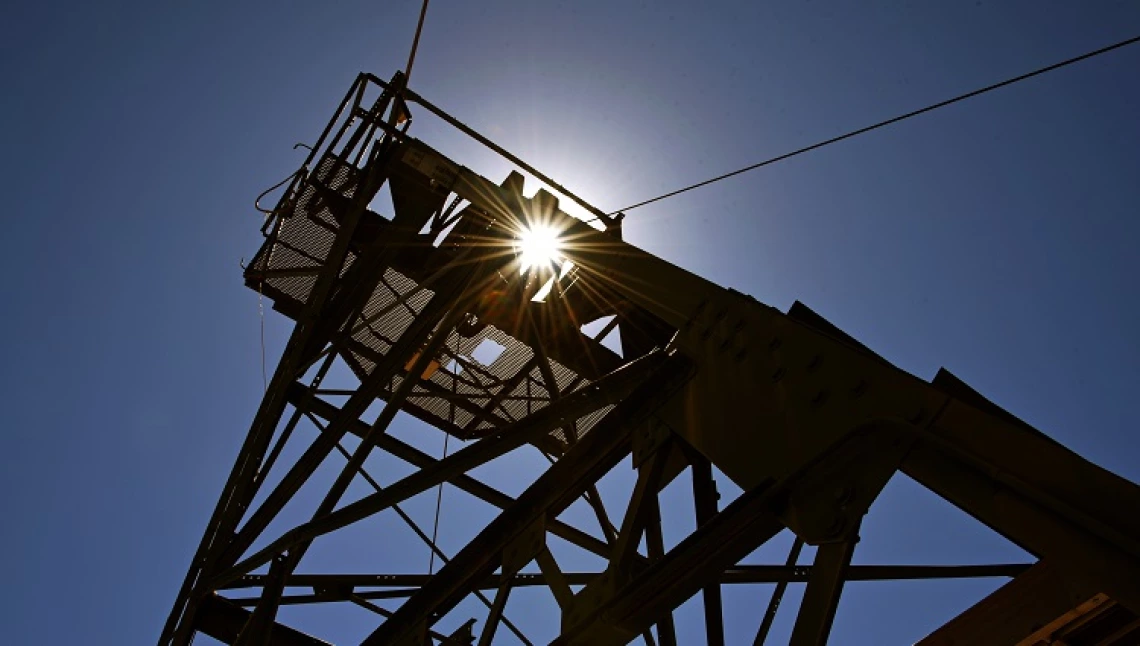San Xavier Mining Laboratory Set for Expansion

A $173,000 investment by the University of Arizona will launch efforts to make its underground mining laboratory a premiere educational research facility in North America.
The Henry G. “Hank” Grundstedt San Xavier Mining Laboratory, jointly run by the Lowell Institute for Mineral Resources and MGE, already is distinctive as the only such lab in the country with a working vertical shaft. An expansion project that began this summer will add research, teaching and training opportunities. It includes installation of sophisticated sensor systems and the start of construction for a decline to the lower levels of the mine, which first opened in 1880.
“This is just crucial for the University of Arizona because there are not many underground mine labs around North America,” said MGE research professor Gail Heath. “This really goes a long way to putting us No. 1 in that area.”
A decline is a sloping ramp that connects the levels of a mine with the surface. It will allow for heavy, modern equipment such as drills, dump trucks and loaders to enter the mine, reducing dependence on a rail to bring in gear. Construction of the decline will begin with a portal and about 70 feet of tunnel, eventually reaching 1,000 feet in length.
James Werner, assistant director of the mining laboratory, said getting the decline project started is particularly important to making the mine a world-class research and education facility. He hopes that this effort can spur interest in it as a real-world, modern lab.
“It’s a place to start, to say we have a portal, and we’re 70 feet in,” Werner said.
The laser-based sensors will monitor rock movement, mine airflow and temperature. Having the sensors and the decline will offer many opportunities to examine ways to improve mining operation efficiency and safety.
“We can start leading the industry on research,” said Heath.
The expanded San Xavier mine will provide facilities for use by government agencies, public and private consortiums and UA researchers and innovators across the university.
“Those are the three areas I’ve been pushing for on getting this thing happening,” Heath said. “I think once we start having this decline in place and all the rest of the infrastructure, people will be lining up to work with us.”
